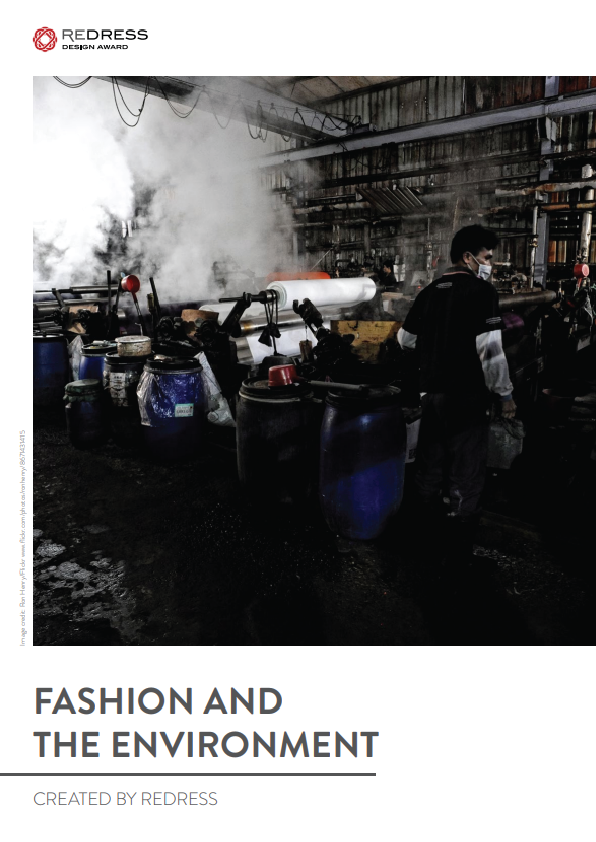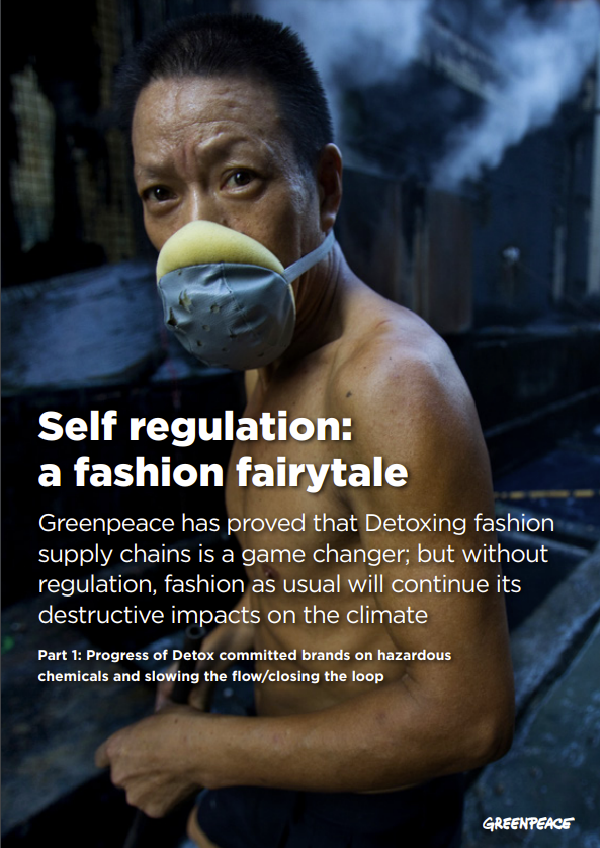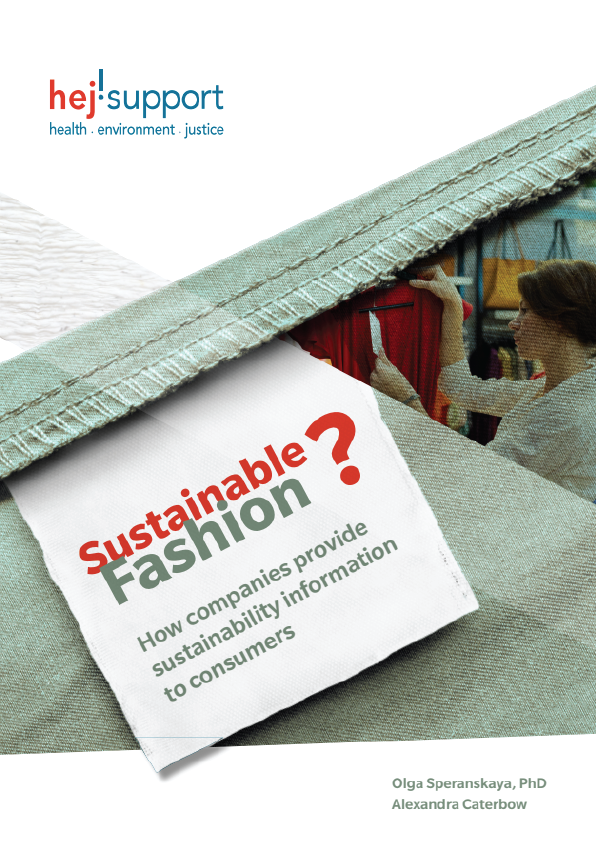Textile waste
The fashion and textile industries generate textile waste during production and consumer use. However, textile waste is now becoming a serious environmental concern because of its sheer amount. With fast fashion, comes fast and vast production, this increased textile waste. Globally, textile waste is flowing from factories and cascading from closets too often into landfill. Sadly, across the board, textile recovery rates for recycling remain relatively low, despite textiles being considered almost 100 percent reusable or recyclable.
Here are some statistics to fire you up to want to reduce textile waste…
- In China, the total annual production of textile waste is estimated to be over 26 million tonnes. The market for the recycling of secondhand clothes has huge potential; the maximum revenue could be as high as RMB60 billion1
- In Hong Kong, approximately 106,945 tonnes of textiles collected by the municipality were sent to landfills in 20122
- In the UK, an estimated 0.8 to 1 million tonnes of all textiles are sent to landfill each year3
- In the UK, used clothing accounts for approximately 350,000 tonnes of landfilled textiles, estimated to be worth £140 million4
However, the good news is that textile waste reduction is increasingly under focus by governments, private sector, NGOs and by fashion designers big to small around the world. This is partly because of the push – limited landfill space is accelerating the need for recycling – and the pull – advanced waste management systems, increased technical know-how and changing designer and consumer sentiments that are making textile recycling more environmentally and economically exciting.
Natural Resources
The fashion and textile industries use vast amounts of natural resources – water, oil and land throughout their entire lifecycle, from production of fibers, manufacturing, distribution, consumer use (imagine all that washing, drying, ironing and dry cleaning) to the clothes’ end-of-life at disposal. Here are some statistics that will leave you wishing that new natural resources could grow on trees…
- It is estimated that the global textile industry uses 378 billion liters of water each year5
- World Bank estimates that textile dyeing and treatment contributes up to 17-20 percent of total industrial water pollution6
- The fashion and textile industries are one of the world’s major energy users and the fuel consumption in textile mills is almost directly proportional to the amount of water the mills uses7
- The natural resources that go into fibre production every year demand approximately 132 million tonnes of coal and between six and nine trillion litres of water8
- Cotton accounts for 82.5 percent of all natural fibres used in the textile industry9
- The cultivation of cotton relies on heavy consumption of freshwater and it can take around 2,700 liters of water to make the cotton needed to produce one single T-shirt10
- Synthetic fibres account for 60 percent of world’s total fibre demand that are made from petrol, a nonrenewable natural resource11
- 1 trillion kilowatt hours are used every year by the global textile industry, which equals 10 percent of the total carbon impact12
- The textile dyeing process is highly wasteful; between 70 and 150 litres of water may be required to dye 1kg of textiles13
However the good news is that consumers are starting to change and demand products that are less dependent on natural resources. Designers must increasingly respond to this to capture this market.
Chemicals and Pollution
The fashion and textile industries use and release a wide range of chemicals at various stages during the product’s lifecycle that, especially when untreated, causes serious threat to our living environment. Textile production is a major contributor of environmental pollution because of its high greenhouse gas emissions and its contamination of air and fresh water supplies. Plus, in today’s global fashion supply chains the widespread transportation of clothes and textiles leads to increased pollution. The story does not end here because chemicals continue to be released into the water system when consumers wash and dry-clean their clothes.
Here are some statistics that will leave you lunging for your gas mask…
- The carbon footprint of one T-shirt is estimated to be approximately 15 kg. This means that a T-shirt’s carbon footprint is approximately 20 times its own weight14
- An estimated 8,000 different synthetic chemicals are used throughout the world to turn raw materials into textiles, many of which may be released into freshwater systems15
- Many industry chemicals, such as azo dyes, phalates, nonylphenol and ethoxylates (NPEs), are persistent bioaccumulative chemicals. These can be toxic to the aquatic environment because they can build up in sediment or aquatic life, which may then pass up through the food chain and even to humans.16
- Conventionally grown cotton uses more insecticides than any other single crop. Cotton uses 10 percent of total pesticide use worldwide (worth a staggering USD2.6 billion per year) and nearly 25 percent of insecticide use worldwide17
However the good news is that consumers are increasingly aware of chemical pollution – both to their own health and that of the planet – and are increasingly demanding less chemical damage. For a fashion designer, it pays to wise up on chemical use.
You can feel free to read through the book above to understand more about the topic.











